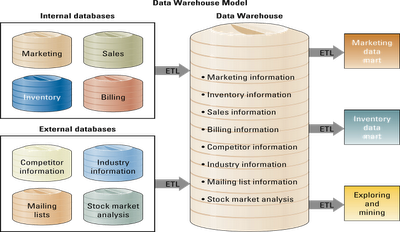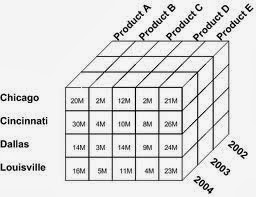OUTSOURCING DEVELOPMENT
• In the high-speed global business environment, an organization needs to maximize its profits, enlarge its market share, and restrain its ever-increasing costs
• Insourcing (in-house-development) – a common approach using the professional expertise within an organization to develop and maintain the organization's information technology systems
• Outsourcing – an arrangement by which one organization provides a service or services for another organization that chooses not to perform them in-house
• Reasons companies outsource

• Benefits from outsourcing include:
1. Financial savings
2. Increased technical abilities
3. Market agility
• Factors driving outsourcing growth include:
1. Core competencies
2. Rapid growth
3. Industry changes
4. The Internet
DEVELOPING STRATEGIC OUTSOURCING PARTNERSHIP
• Business process outsourcing (BPO) – contracting of a specific business task, such as payroll, to a third-party service provider
• BPO is divided into two categories:
1. Back-office outsourcing
2. Front-office outsourcing
SOURCING’S NEW SURGE – OFFSHORING
• Offshore outsourcing – using organizations from developing countries to write code and develop systems
• According to Forrester Research, nearly half of all businesses use offshore providers, and two-thirds plan to send work overseas in the near future
• In the high-speed global business environment, an organization needs to maximize its profits, enlarge its market share, and restrain its ever-increasing costs
• Insourcing (in-house-development) – a common approach using the professional expertise within an organization to develop and maintain the organization's information technology systems
• Outsourcing – an arrangement by which one organization provides a service or services for another organization that chooses not to perform them in-house
• Reasons companies outsource

• Benefits from outsourcing include:
1. Financial savings
2. Increased technical abilities
3. Market agility
• Factors driving outsourcing growth include:
1. Core competencies
2. Rapid growth
3. Industry changes
4. The Internet
DEVELOPING STRATEGIC OUTSOURCING PARTNERSHIP
• Business process outsourcing (BPO) – contracting of a specific business task, such as payroll, to a third-party service provider
• BPO is divided into two categories:
1. Back-office outsourcing
2. Front-office outsourcing
SOURCING’S NEW SURGE – OFFSHORING
• Offshore outsourcing – using organizations from developing countries to write code and develop systems
• According to Forrester Research, nearly half of all businesses use offshore providers, and two-thirds plan to send work overseas in the near future
















.jpg)
